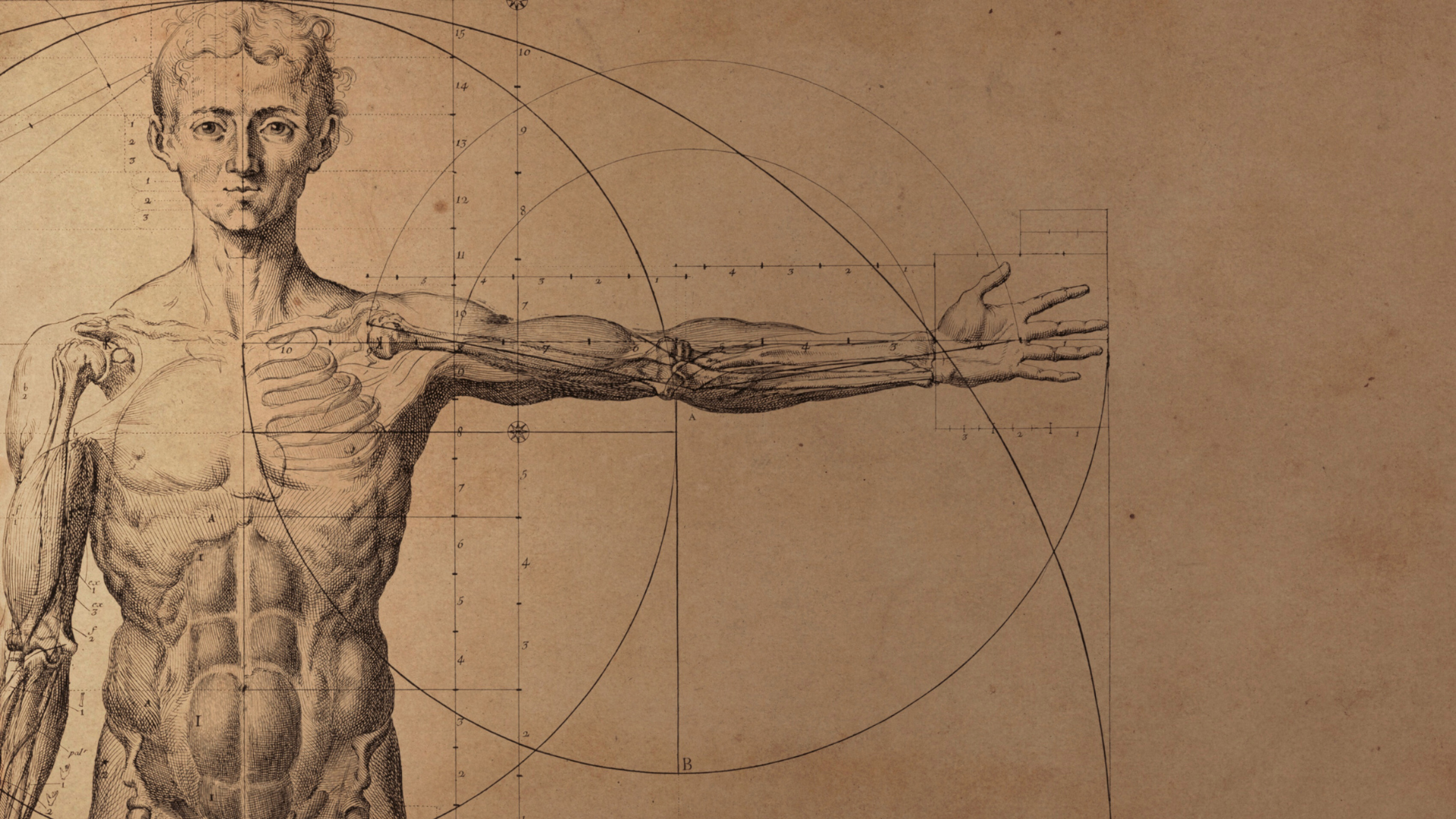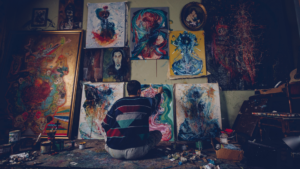
Learning to draw the human form accurately is a key skill for artists and illustrators. The foundation lies in understanding the basic proportions, structure, and movement of the body. By grasping these principles, anyone can enhance their ability to represent the human figure with greater fidelity.
An artist can begin by studying anatomy and practicing contour drawing to capture the essence of the human body. Observational skills are crucial; they can be developed through life-drawing sessions and sketching from photographs. These practices not only improve accuracy but also help to convey emotion and action in the artwork.
Incorporating gesture drawing into regular practice allows for the quick depiction of poses, adding dynamism to static images. By focusing on both proportion and fluidity, artists can create representations that resonate with viewers, making their work more engaging and relatable.
Understanding Human Anatomy and Proportions
A solid grasp of human anatomy and proportions is essential for accurately drawing the human form. This knowledge allows artists to create realistic representations by appreciating the body’s structure and how it moves.
The Basics of Human Anatomy
Human anatomy encompasses the skeletal and muscular systems. Understanding the skeletal structure is fundamental as it forms the framework for the body. Major bones such as the skull, rib cage, and limbs provide basic shapes around which the artist can build.
Muscle structure plays a critical role in figure drawing. Knowledge of major muscle groups, like the biceps, triceps, and quadriceps, enhances the understanding of volume and dynamics in a drawing. Observing body dynamics helps in portraying how these muscle groups interact during various movements.
Proportional Guidelines and Techniques
Proportional accuracy is crucial in figure drawing. The average adult human figure can typically be divided into eight equal sections, with the head accounting for one of these sections. This division aids in achieving correct body proportions.
Using a grid technique can enhance accuracy. By placing a grid over a reference image, an artist can focus on capturing proportions accurately. Artists should pay attention to the relationship between different parts of the body to maintain a coherent structure.
Capturing Movement and Body Language
Movement adds life to figure drawing. To capture movement effectively, an artist must observe how the body shifts and changes position. The concept of body language conveys emotions and intentions, making the drawing more expressive.
Studying poses can aid in accurately illustrating dynamic scenes. Artists can practice by observing athletes or dancers, focusing on how muscle groups engage during movement. Techniques such as gesture drawing can help in quickly capturing the essence of motion and body language, contributing to a more lively representation of the human figure.
Essential Drawing Techniques and Materials
A strong foundation in techniques and materials is crucial for accurately drawing the human form. Emphasizing methods and the right tools enables artists to enhance their skills and improve their results.
From Sketching to Shading
Starting with quick sketches allows an artist to establish proportions and gestures. This initial stage focuses on the overall form rather than the details. Light strokes or quick lines on smooth paper can capture movement and pose effectively.
As the drawing advances, shading techniques become important. Artists often use hatching, cross-hatching, and stippling to create depth. Gradually building up layers of graphite or charcoal can produce a realistic look. The artist can utilize kneaded erasers to lift highlights or clean up areas, enhancing the three-dimensional quality of the figure.
The Right Materials for Your Art
Choosing appropriate materials significantly affects the drawing process. Excellent drawing tools include various pencils, charcoal, pastels, and ink. Each medium presents unique qualities: pencils for precision, charcoal for rich textures, and pastels for vibrant colors.
Smooth and heavyweight paper is ideal as it can handle multiple layers of shading. A sketchbook is a practical choice for regular practice. Furthermore, digital tools can be beneficial for artists looking to explore new techniques and versatility, allowing for quick adjustments and creative experimentation.
Improving Technique Through Regular Practice
Consistent practice is vital for mastering the depiction of the human form. Engaging in daily drawing exercises sharpens skills and builds confidence. Artists can focus on specific techniques, such as foreshortening or contour drawing, to strengthen their abilities.
Setting clear goals, such as drawing a person from different angles or exploring dynamic poses, can lead to noticeable improvements. Regularly working through challenges enhances creativity and encourages the artist to develop a personal style. Each drawing session offers an opportunity for growth and discovery.
Refining Your Approach to Composition and Style
Enhancing composition and style is essential for creating compelling human forms. This involves mastering the interplay of light and shadow while also expressing individual artistic style. Focus on accurate proportions and effective facial expressions to elevate the overall quality of drawings.
Mastering Light, Shadow, and Realism
Understanding light and shadow is crucial for lifelike representations. Techniques such as chiaroscuro can create depth, enhancing the three-dimensional aspect of figures. Artists should study how light interacts with forms, observing how shadows fall to define volume.
Attention to realism is equally important; this requires meticulous rendering of anatomy. Regular feedback from peers or mentors can guide improvements in achieving accurate proportions. Observing works from masters like Michelangelo and Leonardo da Vinci can offer valuable insights into effective lighting techniques.
Exploring Artistic Style and Expression
Artistic style varies greatly between individuals. Encouraging the expression of unique styles is essential in the artistic journey. Artists can explore different mediums—pencil, charcoal, or digital tools—to find what resonates.
Studying various movements, including Renaissance art, provides a framework for developing personal techniques. Experimenting with abstract versus realistic styles can foster creativity. It is important to let one’s artistic growth dictate the evolution of style without sacrificing foundational skills.
Facial Proportions and Expressions
Facial proportions play a significant role in creating believable portraits. Artists should adhere to established guidelines, such as the placement of eyes halfway down the head and ensuring the mouth aligns proportionately with the features.
Expressions are equally vital for conveying emotion. Studying human anatomy and facial muscle structure helps artists depict a range of feelings accurately. Practicing through sketching various expressions enhances the ability to portray complex emotions in portrait drawing.











